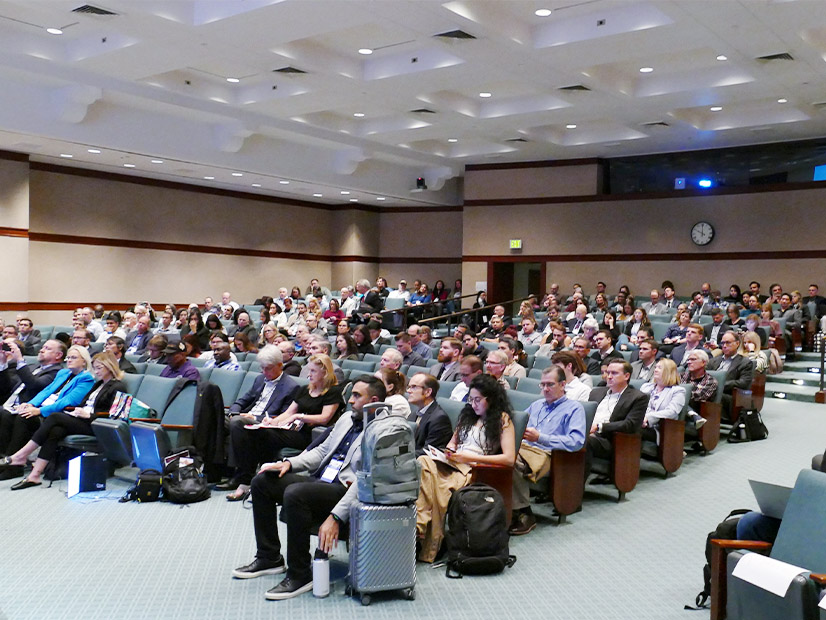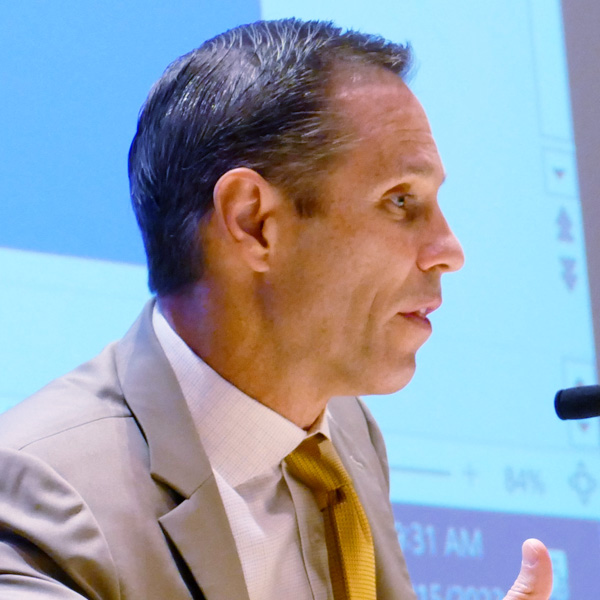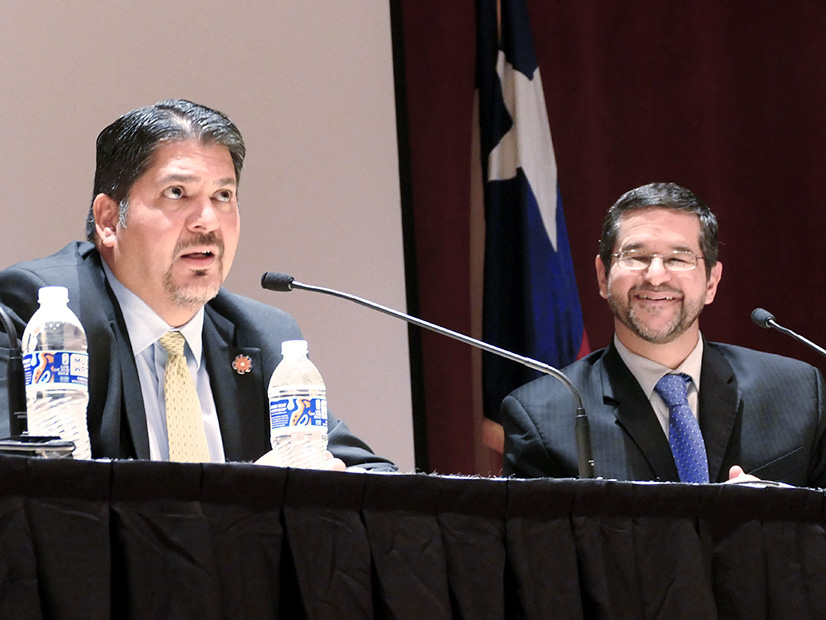LA QUINTA, Calif. — Researchers are still in the early stages of determining the challenges, efficacy and cost of using hydrogen for both transportation fuel and blending with natural gas as part of the effort to transition to green energy.
Katie Jereza, vice president of corporate affairs at the Electric Power Research Institute (EPRI), discussed the viability of blending hydrogen into natural gas infrastructure during a Nov. 14 panel at the annual meeting of National Association of Regulatory Utility Commissioners.
“As we’re looking to decarbonize the economy, fuel blends with higher hydrogen content can result in lower carbon emissions per megawatt hour,” Jereza said.
According to the U.S. Department of Energy, hydrogen can play a role in decarbonizing up to 25% of global energy-related carbon emissions. But the details are still being worked out in tests and demonstrations done by EPRI and other research facilities.
EPRI recently completed a series of four tests blending different percentages of hydrogen into reciprocating internal combustion engine (RICE) natural gas units to see if hydrogen could lower emissions without compromising structural integrity. While each test yielded different results, overall takeaways concluded that hydrogen blending could be one key piece of a larger puzzle to reach a net zero economy.
One of the tests conducted by EPRI in May, in collaboration with WEC Energy Group and Wärtsilä Energy, found that blending 25% hydrogen into RICE units reduced carbon emissions by up to 10% with no significant impact to the efficiency of the system.
Jereza and other engineers say that making the most out of the infrastructure that’s already in place will save time and resources; EPRI made no modifications to the gas turbines used in their tests.
“Using hydrogen can enable natural gas assets and infrastructure to be leveraged as a resource for decarbonization in this integrated energy network,” Jereza said.
She added that while recent innovations in burner design and fuel staging enhanced the ability of gas turbines to accommodate fuels with high hydrogen content, more work is needed to develop turbine components suitable for 100% hydrogen combustion.
Uncertainties Remain
Argonne National Laboratory published findings in October on modeling that found blending 30% hydrogen into pipelines yielded only a 6% decrease in emissions. Its study also concluded that blending at that level significantly increased leakage and compromised the integrity of the pipeline.
Because hydrogen is a smaller molecule than methane and is substantially lower in density, it can easily crack solid metals. As a result, fuel supplies and other system components, such as the materials used in pipelines, may need to be re-sized to account for the increased volume of fuel and pressure needed to reach the same output, Jereza said.
Jeffery Preece, director of research and development at EPRI, told NetZero Insider that gas infrastructure materials start to become impacted when a blend exceeds about 20% hydrogen.
Critics also question hydrogen’s ability to decrease greenhouse gas emissions along the supply chain. The most commonly used hydrogen is “blue” hydrogen, which is produced by combining natural gas with high-temperature steam, a highly energy-intensive process that results in carbon emissions unless combined with a carbon capture system.
Engineers and power producers are looking to green hydrogen produced through electrolysis — and without GHG emissions — as an alternative.
Preece said the goal of most hydrogen blending tests, including EPRI’s, is to ensure that all emissions are accounted for in the value chain process associated with the production and use of the fuel. Using hydrogen produced with fossil fuels could divert from the goal.
“The focus is, of course, can hydrogen be produced from low-carbon pathways, so we use the ‘green’ moniker to demonstrate the hydrogen made from electricity and then that electricity comes from renewables,” Preece said. “So depending on the economics and use case, carbon capture and sequestration technologies can be used on the hydrogen facilities, and then it’s just a matter of the economics and the viability of how much CO2 is captured from that process.”
Preece pointed out there is little low-carbon hydrogen production occurring in the U.S. today, with most still being produced from natural gas.
More work is needed to understand the cost and efficacy of integrating hydrogen into the energy system, according to Preece and Jereza.
“When we look at the total energy economy, we’ll be able to find ways to reduce the total energy wallet,” Jereza said. “But I’d say that there’s a lot of uncertainties still around how affordable it will be.”




